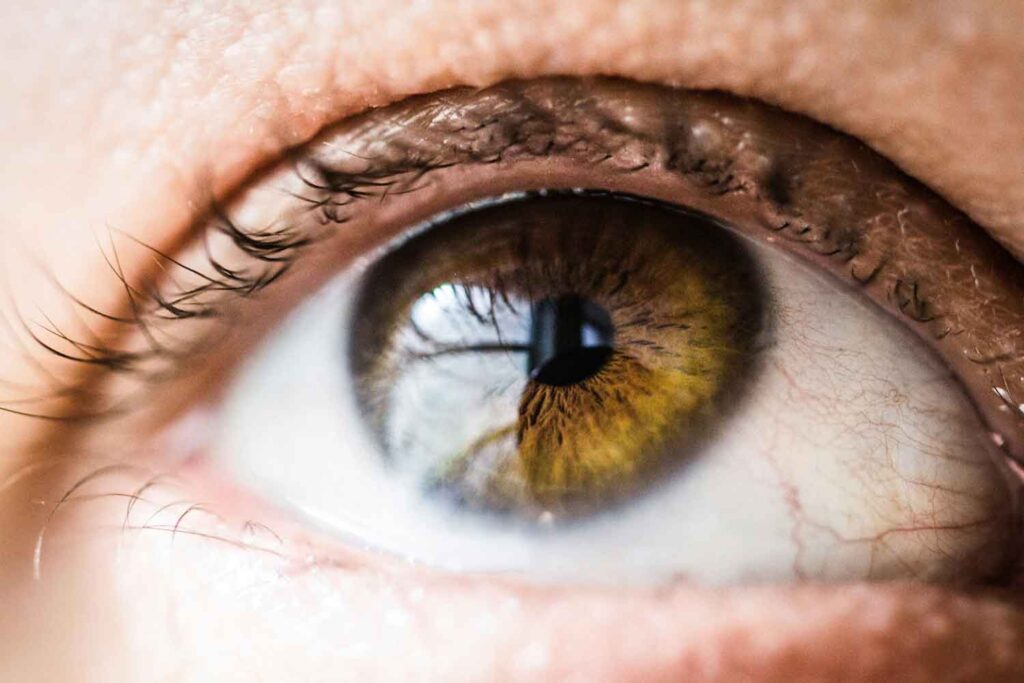What is Nanomedicine?

Have you ever heard of nanomedicine? According to Nature, nanomedicine refers to a branch of medicine that employs the knowledge and tools of nanotechnology for the prevention and treatment of disease. Nanotechnology is just a fancy way of referring to the branch of technology that uses and seeks to understand matter at a nanoscale (really tiny). How tiny? Well according to Lab Roots, nanoparticles are “under 100 nanometers in size- or one thousand times thinner than a sheet of paper”.
Feature Photo Image: Unsplash
What are Nanoparticles?
So now you may be wondering, what are nanoparticles. According to The Conversation, “Nanoparticles are a form of transport for drugs and can go places drugs wouldn’t be able to go on their own.” An example of a disease nanoparticles help to treat is cancer. In addition to delivering anti-cancer drugs to the site of cancer, nanoparticles can also be used to carry substances to bind to the tumor and then deliver the medication. According to The Conversation, “Along with carrying the drug for delivery, nanoparticles can be engineered to carry specific compounds that will let them bind, or attach, to molecules on tumour cells. Once attached, they can safety deliver the drug to the specific tumour site.”
These particles are also great for drug solubility. The Conversation says that in order for the drug to be delivered where it needs to go, it will need to be soluble. The article used the example of the cancer drug paclitaxel (Taxol) which is insoluble. Since it’s insoluble, it will need a delivery agent. However, the delivery agent used can cause an allergic reaction. To fix this problem chemists have used nanoparticles. Chemists made nanoparticles out of the protein albumin which is a naturally occurring protein.
Nanoparticles also have to be carefully engineered so the immune system doesn’t attack them. One shape that is used, according to The Conversation, is DNA origami. The article says, “Because DNA is a biological material, nanoparticles engineered into DNA origami shapes won’t be seen as foreign by the immune system.”
Other nanoparticle applications include lipid polymer micelles, gold nanoparticles and diamond particles.
Cannabis has several health benefits and scientists believe the use of nanomedicine and nano particles could be helpful. Before we discuss cannabinoids and nanomedicine, let’s look at cannabis and medicine in general.
Cannabis and Medicine
By now, it’s no secret that scientists are constantly researching the medical benefits of cannabis. As a matter of fact, they have found cannabinoids to be helpful in the treatment of some diseases. According to a study, people have been pushing for the legalization of marijuana for medical use to treat “AIDS, cancer, multiple sclerosis, post-traumatic-stress disorder (PTSD), nausea, anorexia, cachexia, neuropathic pain, drug dependency, neurological and other psychiatric disorders”. In addition to the conditions/diseases mentioned, marijuana is being researched to help treat insomnia, anxiety, dystonia, and a myriad of other conditions. Marijuana may even help cancer patients gain an appetite so they can eat and gain strength to survive their vigorous treatment.
Cannabis has 400 chemical entities and more than 60 of them are cannabinoid compounds. The two most widely studied are cannabidiol (CBD) and tetrahydrocannabinol (THC).
Currently, CBD has been approved for the treatment of epilepsy. To be more specific, certain childhood epilepsy such as Dravet syndrome and Lennox-Gastaut syndrome (LGS). Conditions like these do not respond well to typical anti-seizure medication. However, according to a Harvard article, CBD can reduce or even stop the seizures. As a result of the research, the FDA approved a treatment called Epidiolex which contains CBD.
Cannabinoids and Nanomedicine
According to a scientific article, “Nanotechnology is already transforming multiple facets of drug delivery in healthcare” it went on to say “and the future of cannabis and cannabinoid use in nanomedicine offers promising solutions for many disease conditions.” Scientists believe that nanomedicine and cannabinoids can be married to make them more effective and stable.
Drug Delivery
Labroots mentioned that nanotechnology can provide two benefits to the use of cannabinoids. The first one is that nanotechnology can make the treatment with cannabinoids more targeted. That’s a big advantage because the cannabinoid would be delivered directly to the site of the problem. A scientific article agrees with this sentiment and states, “Nanotechnology may allow targeted delivery of cannabinoid formulations with the potential to elevate their use to scientifically validated nanotherapeutic and theranostic applications as the field of cannabis nanoscience matures.”
In addition to that, cancer treatment can definitely harm healthy cells if the drug binds to them. Having treatment go directly to the cancerous cell means healthy cells won’t be damaged by the cancer treatment.
The second way nanotechnology could help the use of cannabis in medicine is by preventing degradation before it gets to the problem area. Labroots mentioned that cannabinoids degrade pretty quickly. That is a problem because it won’t be as potent as it should be in treating whatever condition it was supposed to. However, with nanotechnology and nanomedicine, the bioavailability of the cannabinoids can be improved. Bioavailability, according to Labroots, is the rate at which it enters the bloodstream. According to the Labroots article, “By creating a protective barrier between the drug and the body- usually by combining two liquids that don’t mix like oil and water- scientists can prevent the drug from degrading while moving through the body.”
Research Done on Cannabinoids and Nanotechnology
There has already been research done on the use of nanotechnology to deliver cannabinoids. One study investigated the use of a cannabinoid derivative, WIN55,212-2 (WIN) on the growth of TNBC in a 4T1 syngeneic mouse model. The study concluded that the use of a nanocarrier was actually more efficient than traditional drug delivery methods. This was found to be true in petri dishes and in the mouse model mentioned previously. In this study, according to Labroots, “they developed nanoparticles to work together. One located the tumor and then notified the other to deliver the drug to it.”
Conclusion
Nanomedicine has the potential to transform the use of cannabinoids to make them more effective in treating certain conditions. Nanoparticles can deliver cannabinoids to the problem areas as well as prevent them from degrading so quickly. A future that involves nanomedicine, nanotechnology and cannabinoids in medical marijuana looks like a very promising one.












